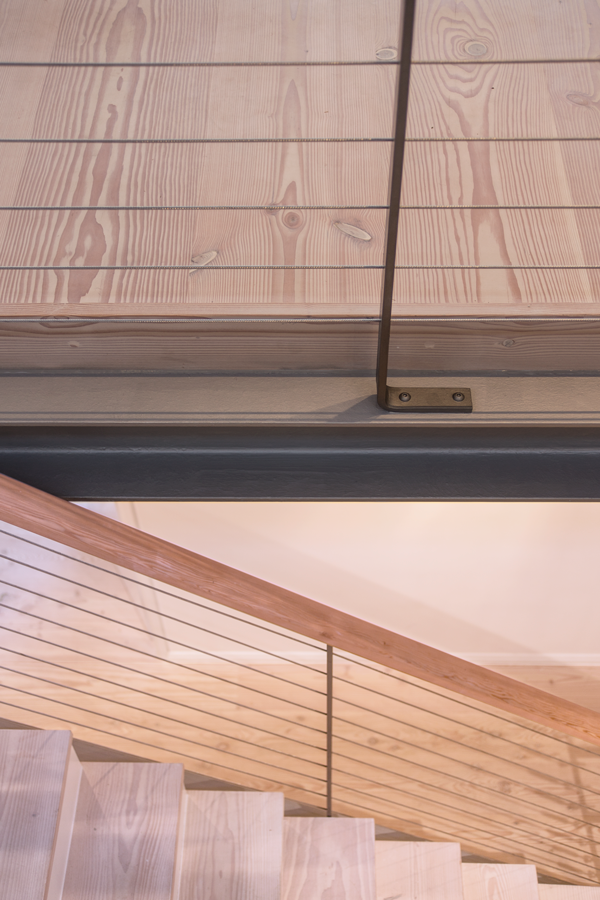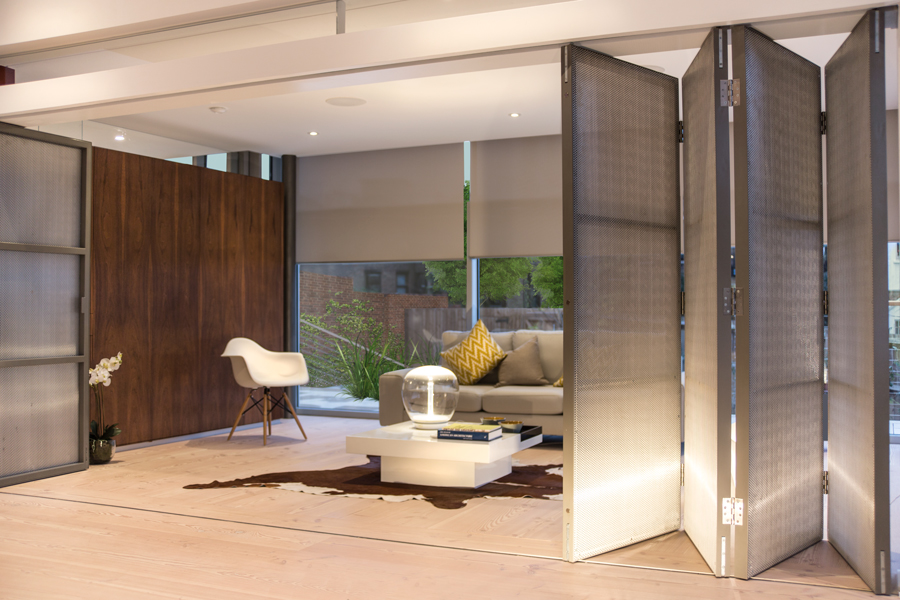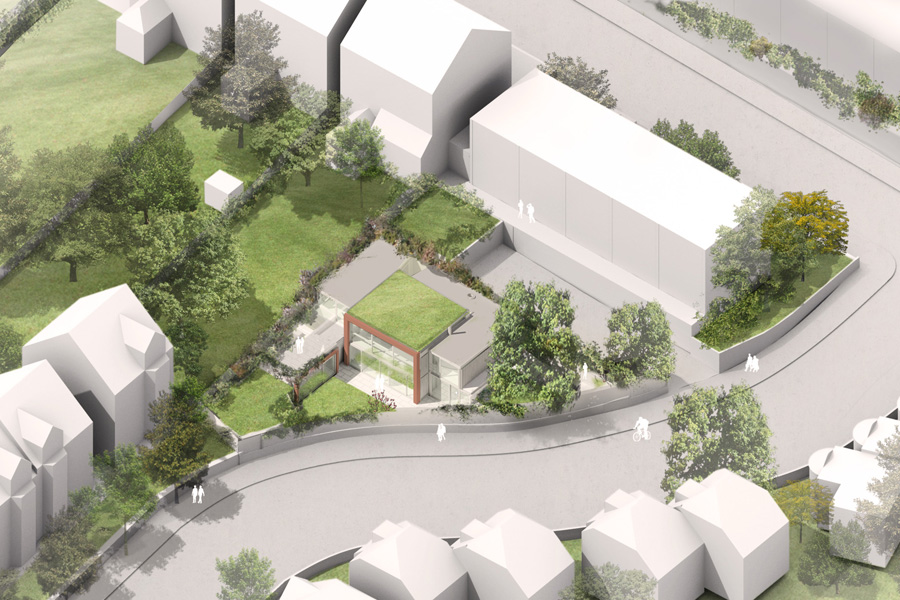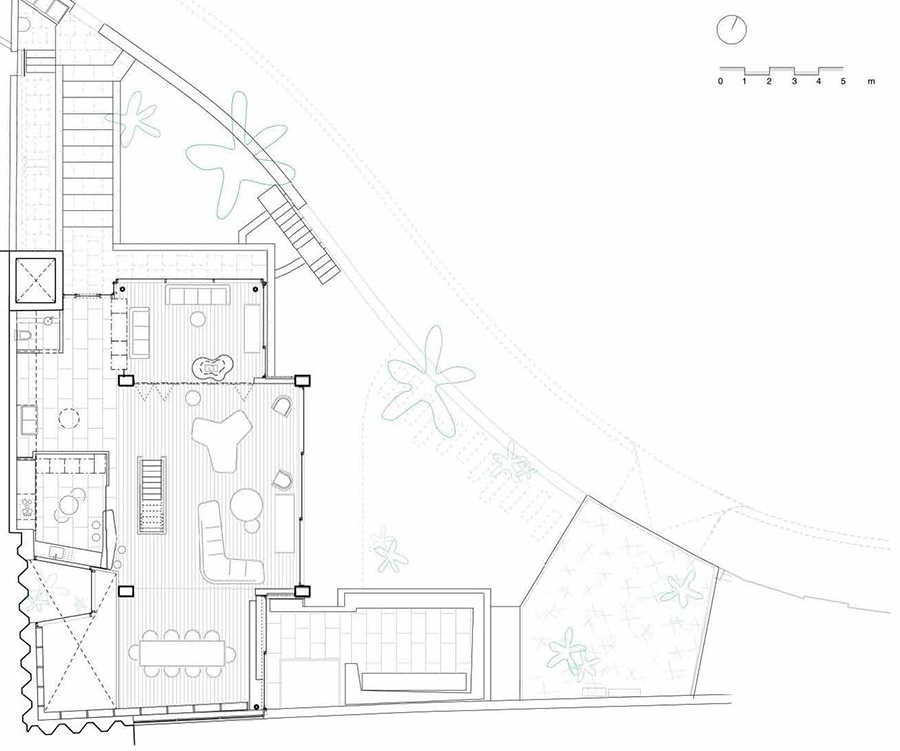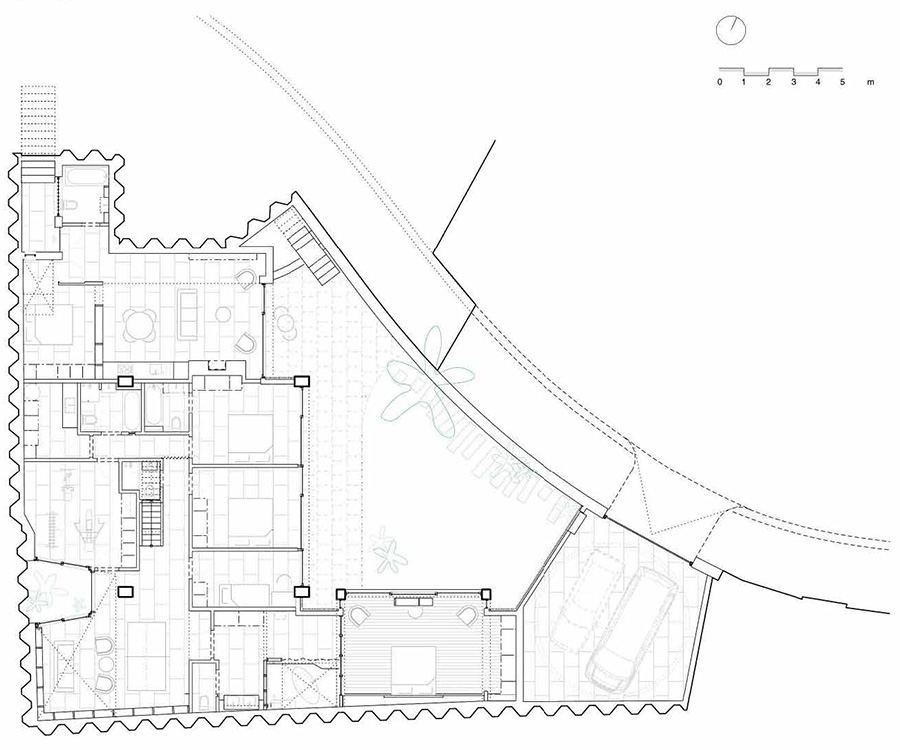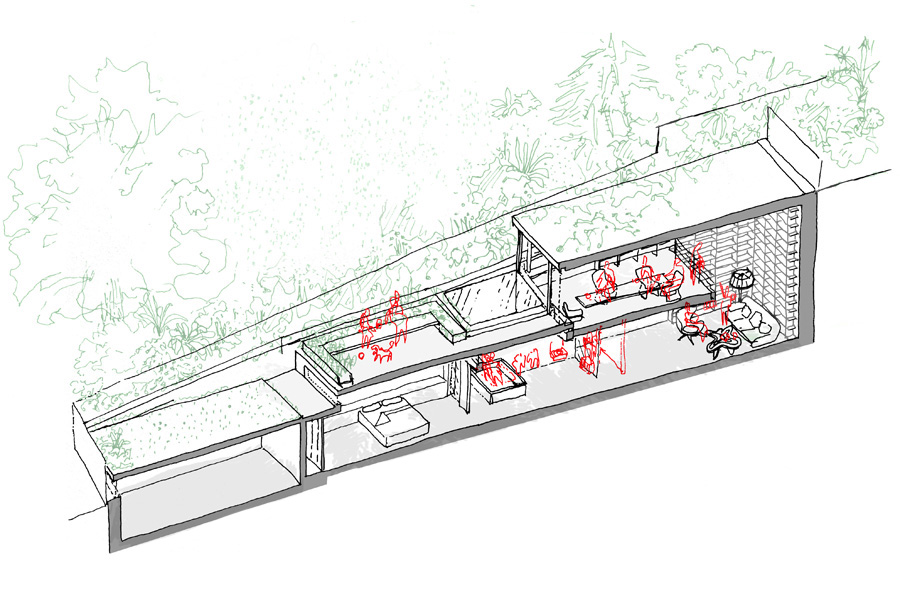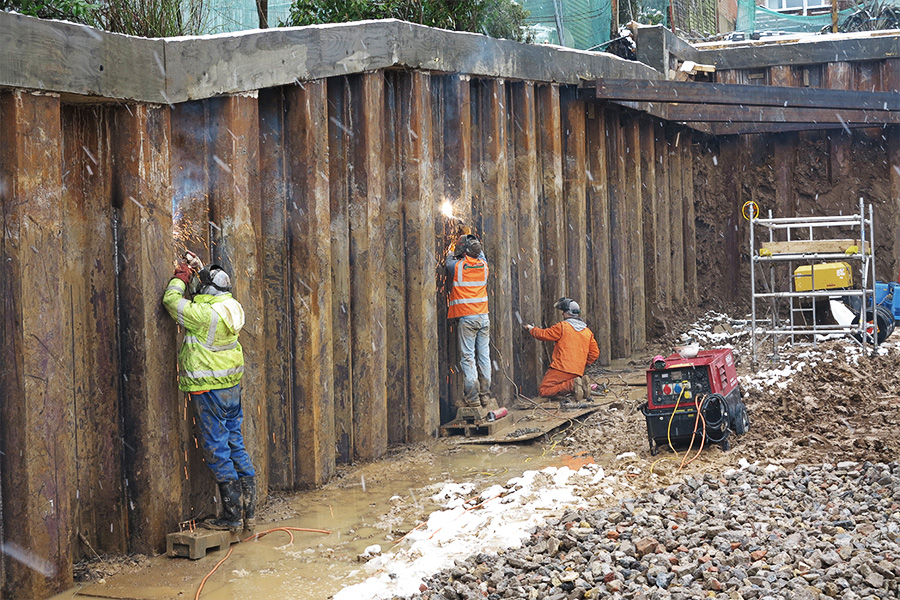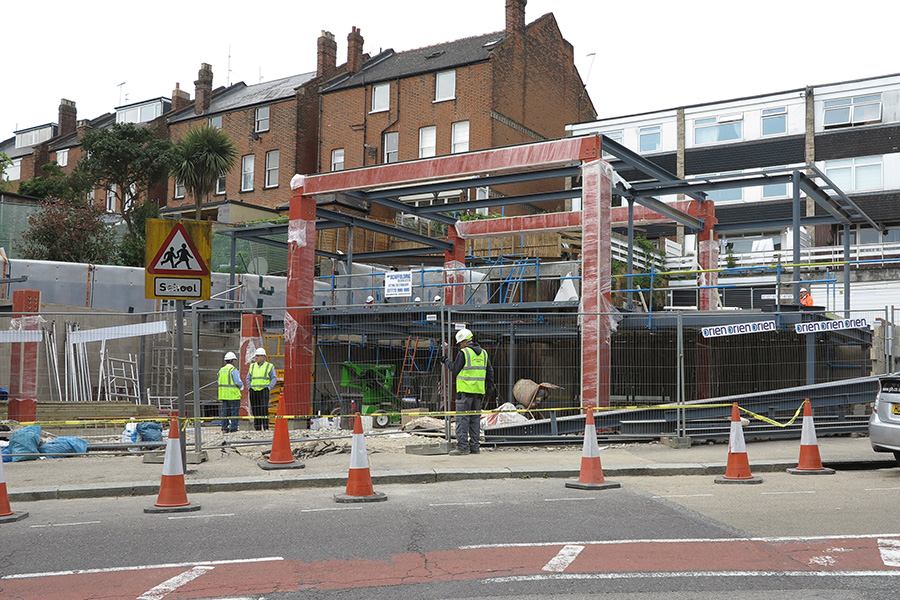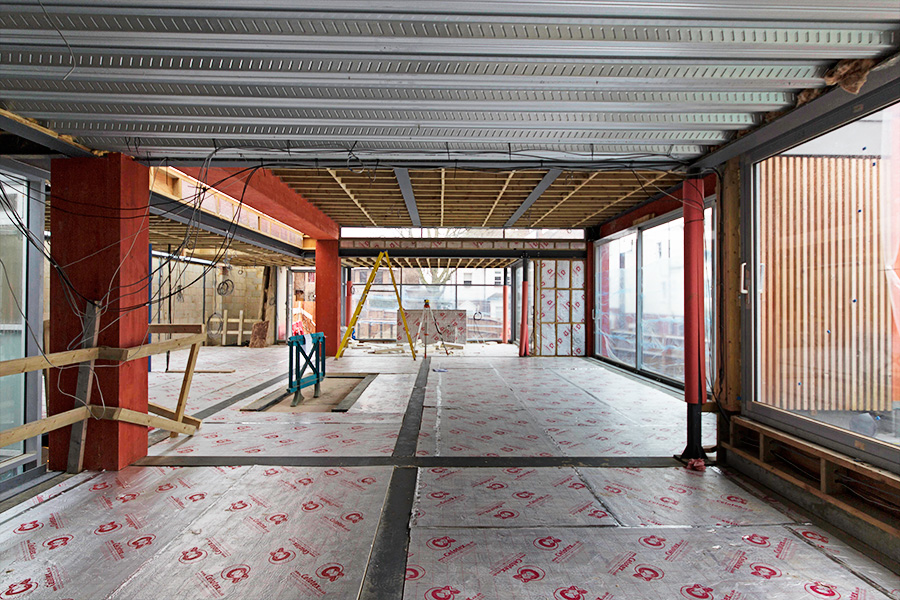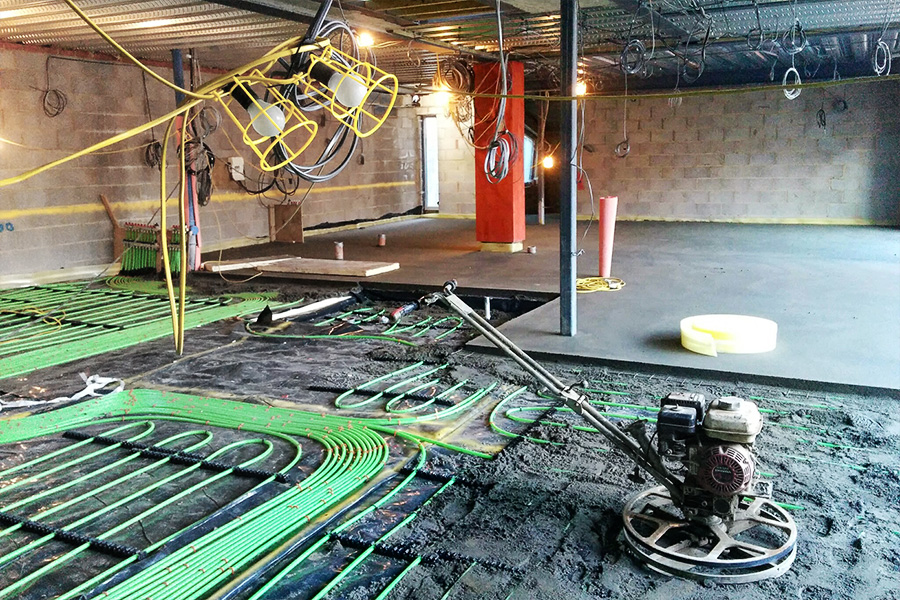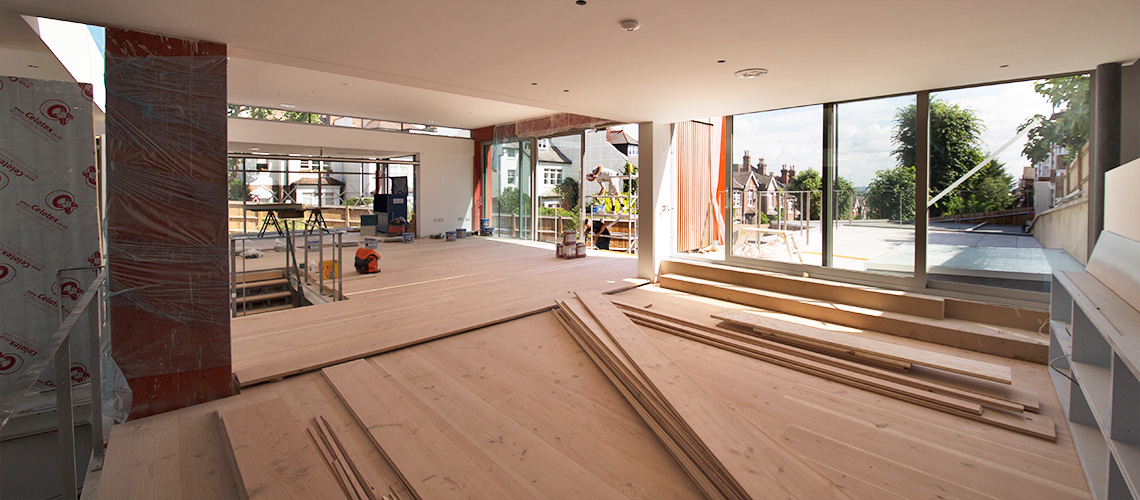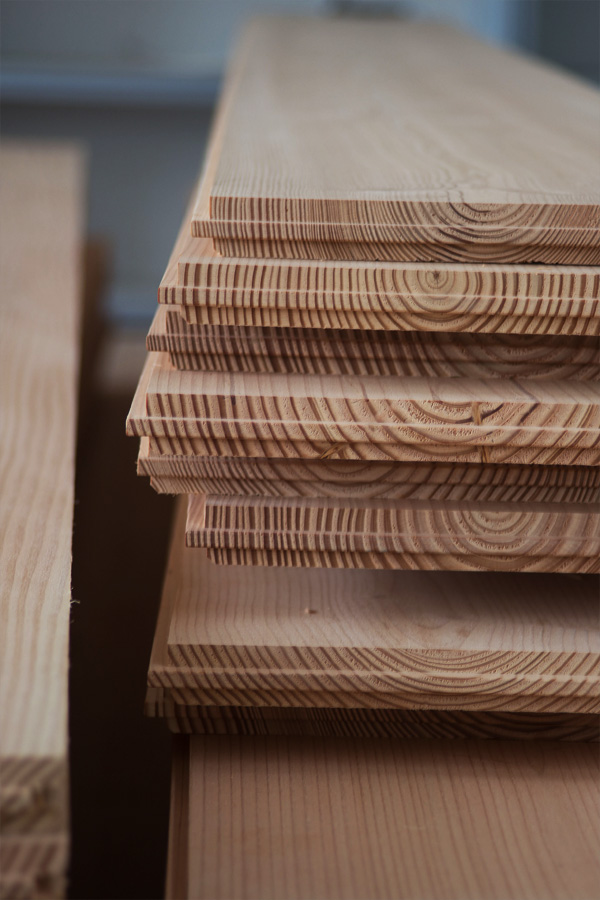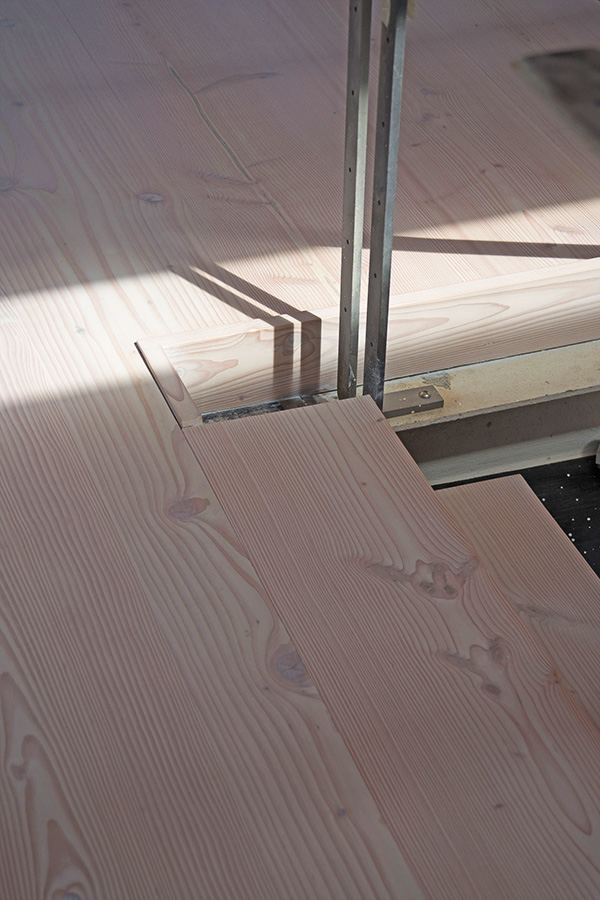wolseley road
- 2018
- london
- private detached house
new-build family house with annex
- 410sqm internal + 46sqm garage
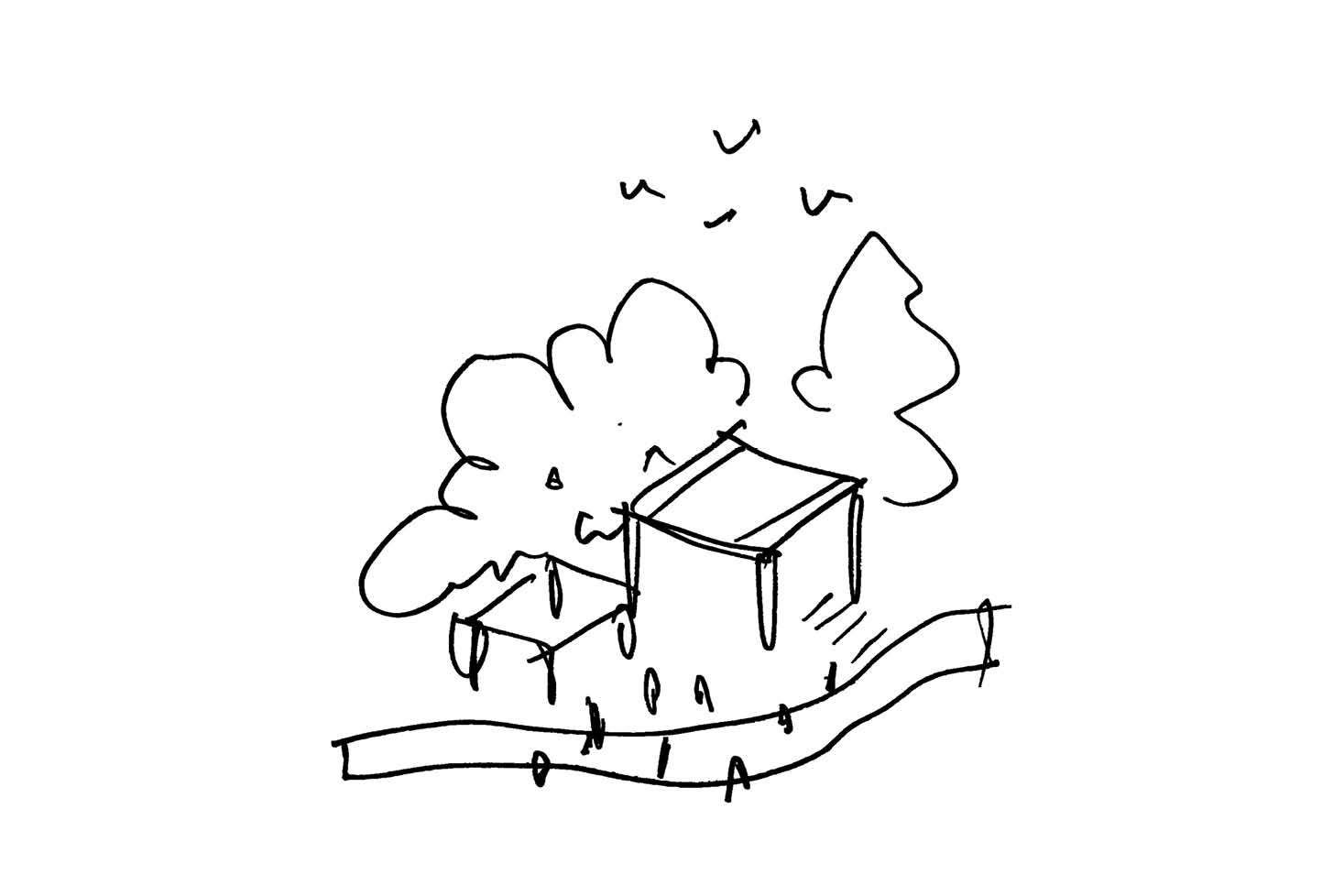
a new-build family house in London
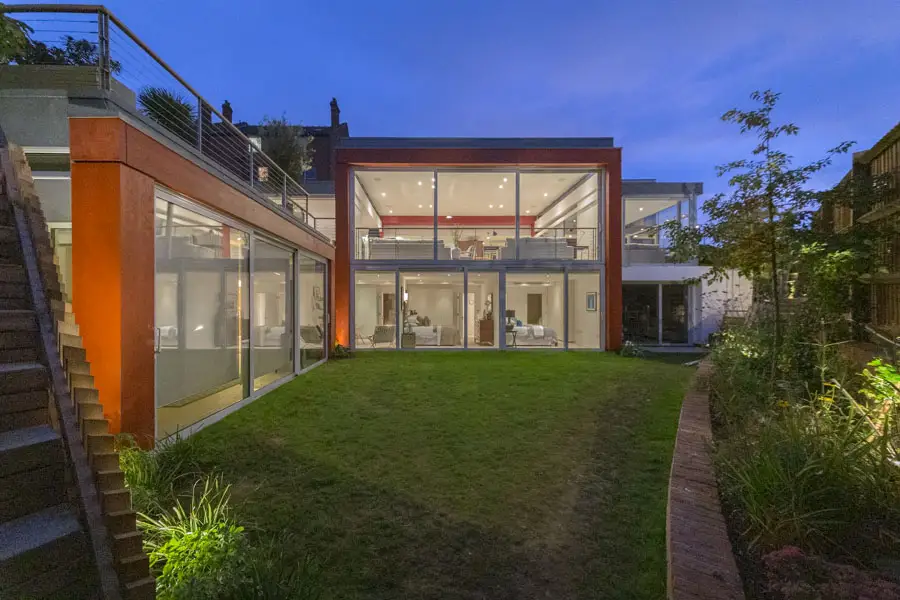
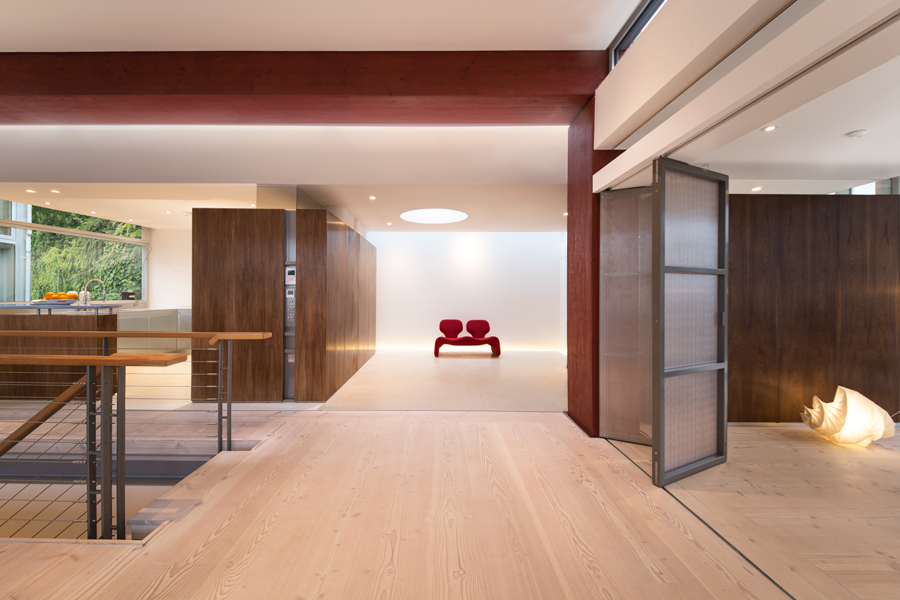
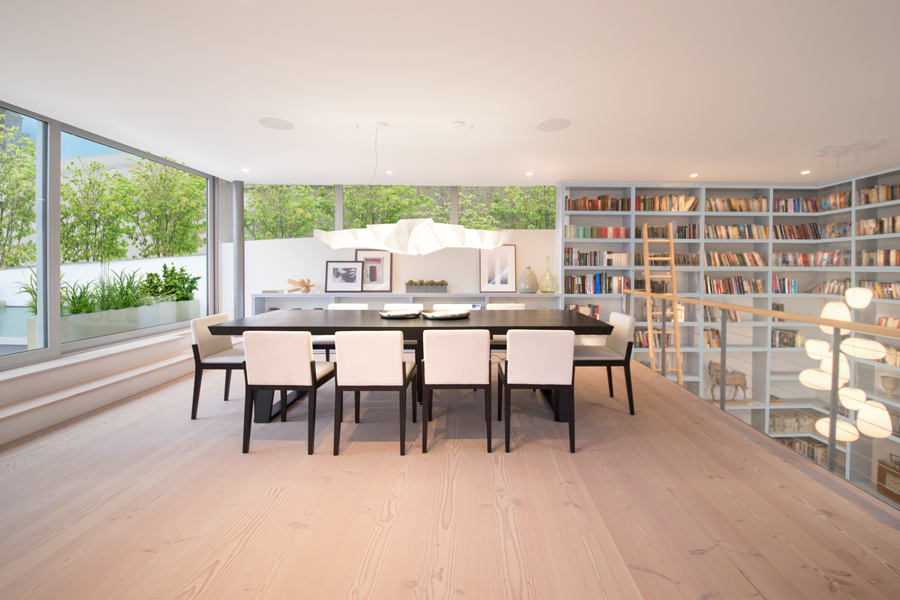

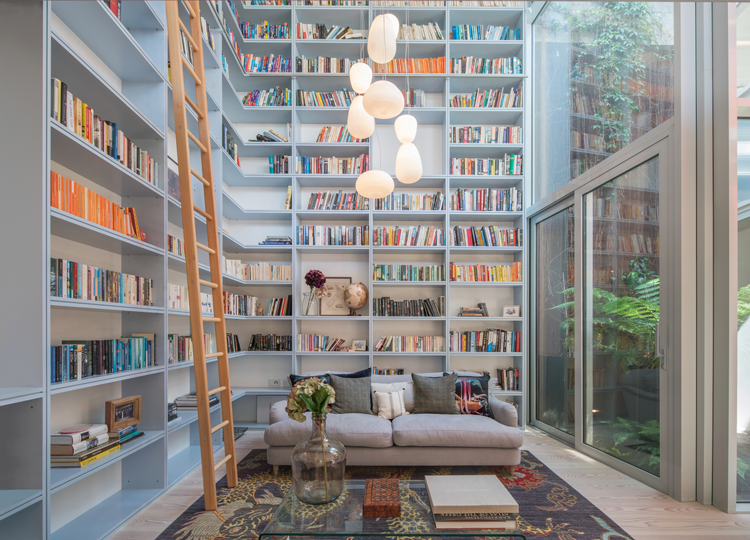

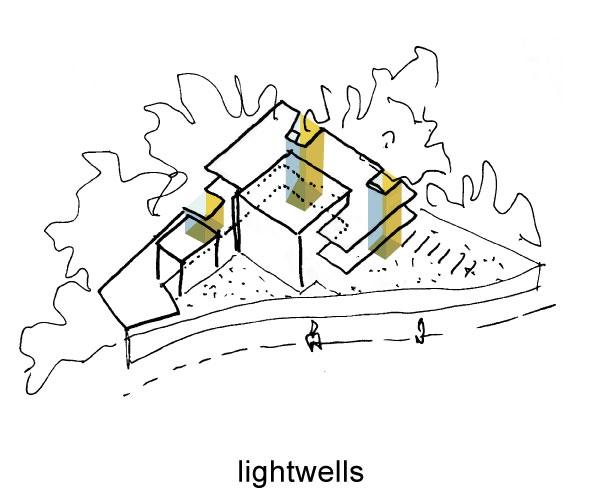
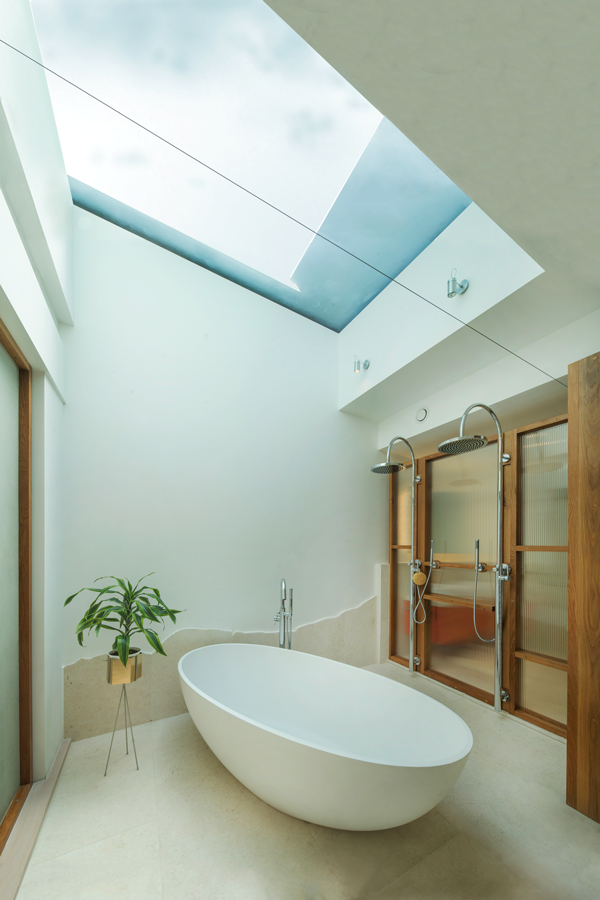
Approach
the architectural response is driven by the key site constraints
glazed elevations to the east and north compensate for the buried windowless elevations of the retaining walls
maximising light and views, the new garden also creates a valuable new focal point
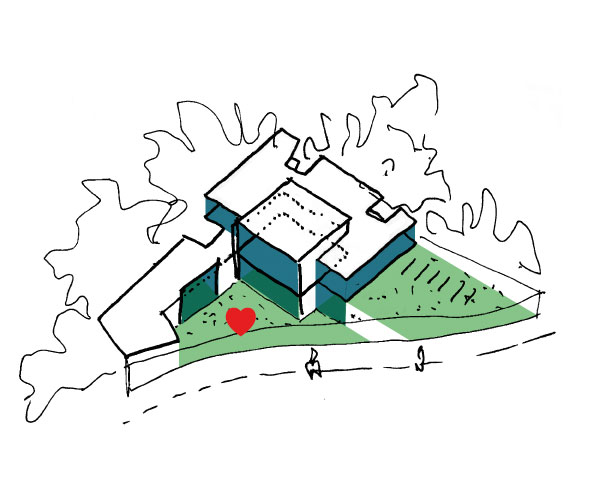
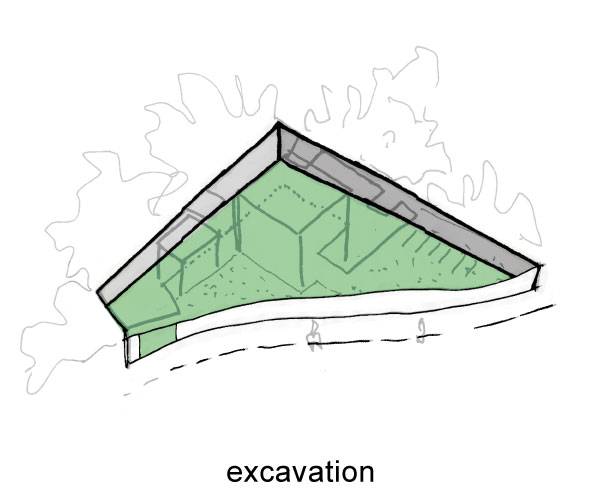
excavate to create a new garden level, connecting with the street at its lowest point

the building is split into two key volumes - two pavilions in a garden - maintaining a sense of openness within a restricted site
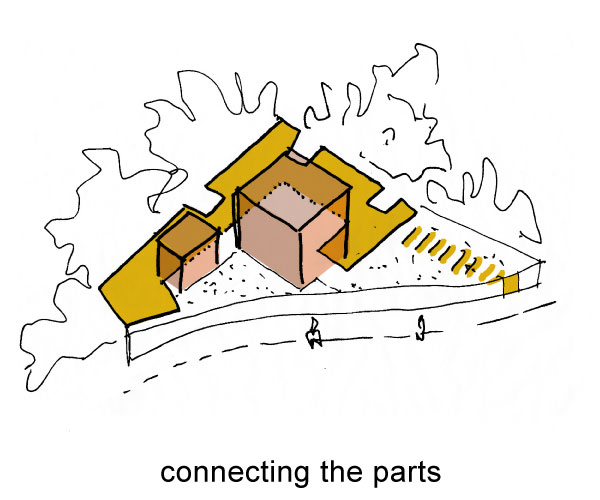
interconnections and overlaps - the upper level connects directly with the main street entrance, it wraps around the two volumes to frame a new lower garden space
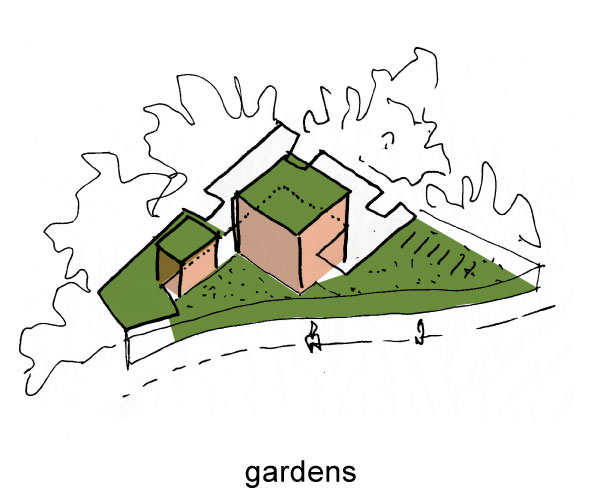
new gardens, lightwells and green roofs aim to unify the two levels

excavate to create a new garden level, connecting with the street at its lowest point

the building is split into two key volumes - two pavilions in a garden - maintaining a sense of openness within a restricted site

interconnections and overlaps - the upper level connects directly with the main street entrance, it wraps around the two volumes to frame a new lower garden space

new gardens, lightwells and green roofs aim to unify the two levels
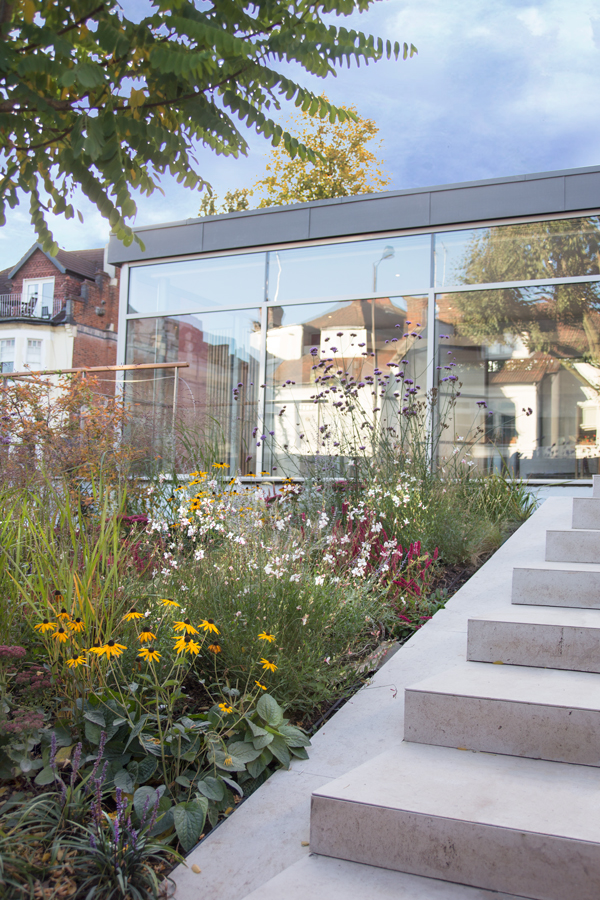
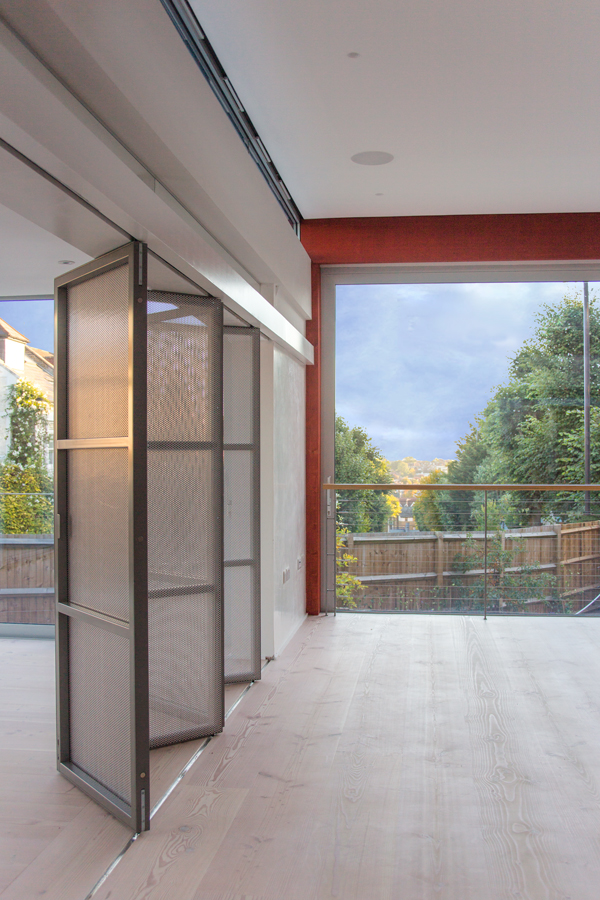
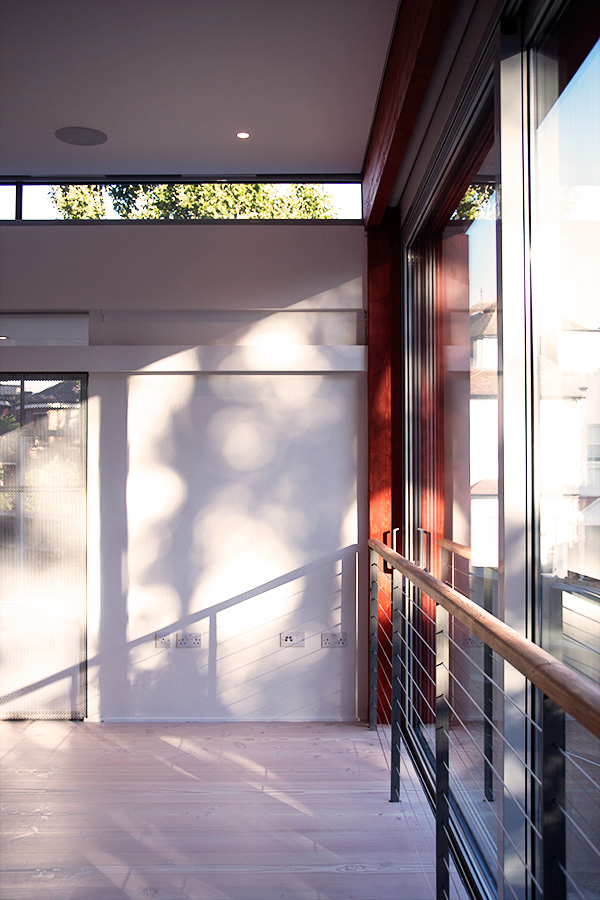
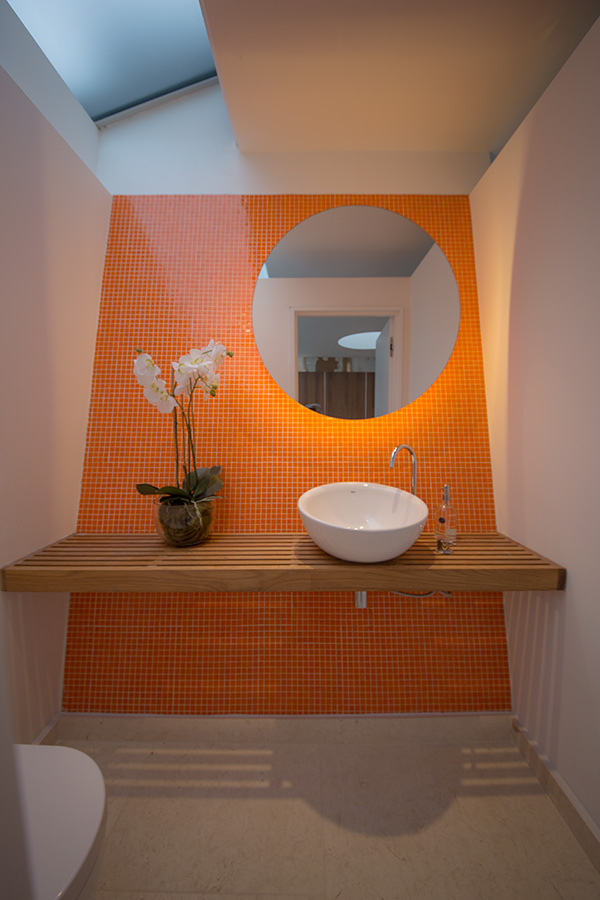




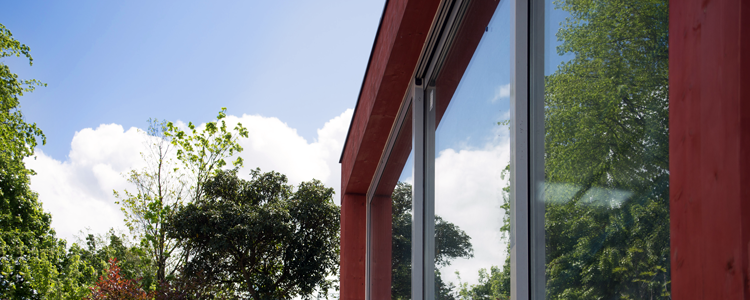
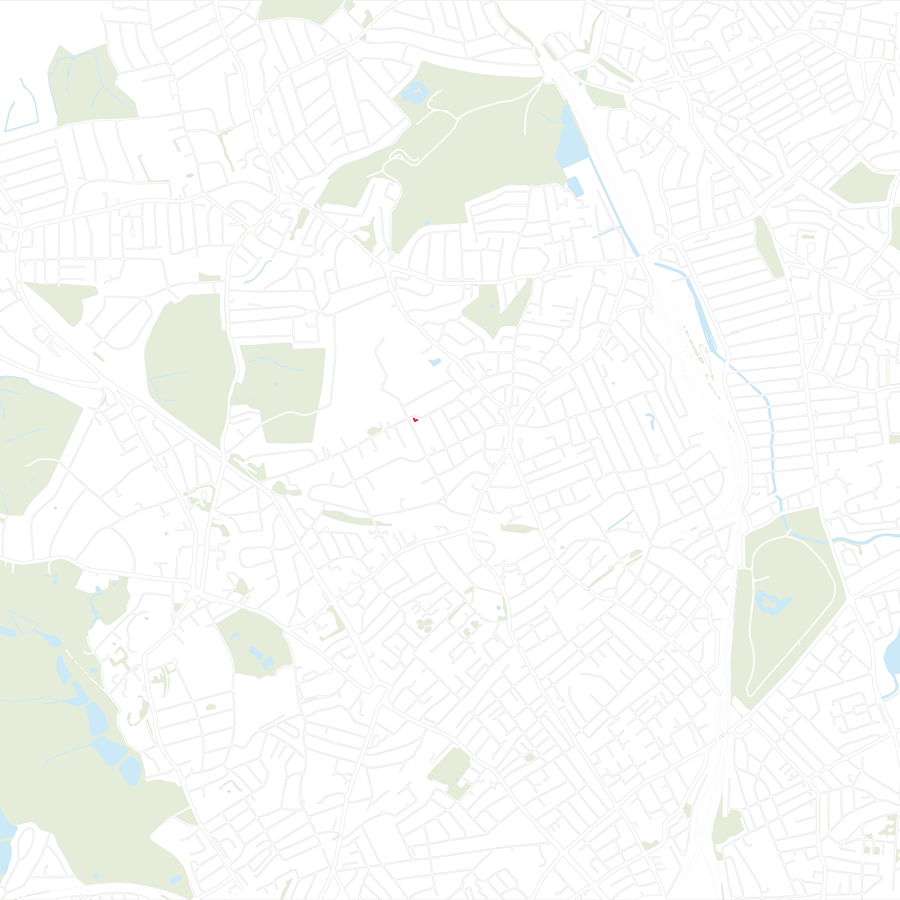
Framing Key Spaces
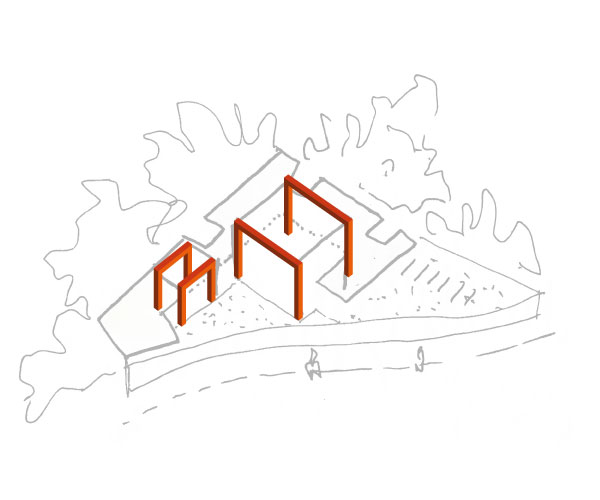
through the new glulam frames the natural timber structure bridges between inside and outside
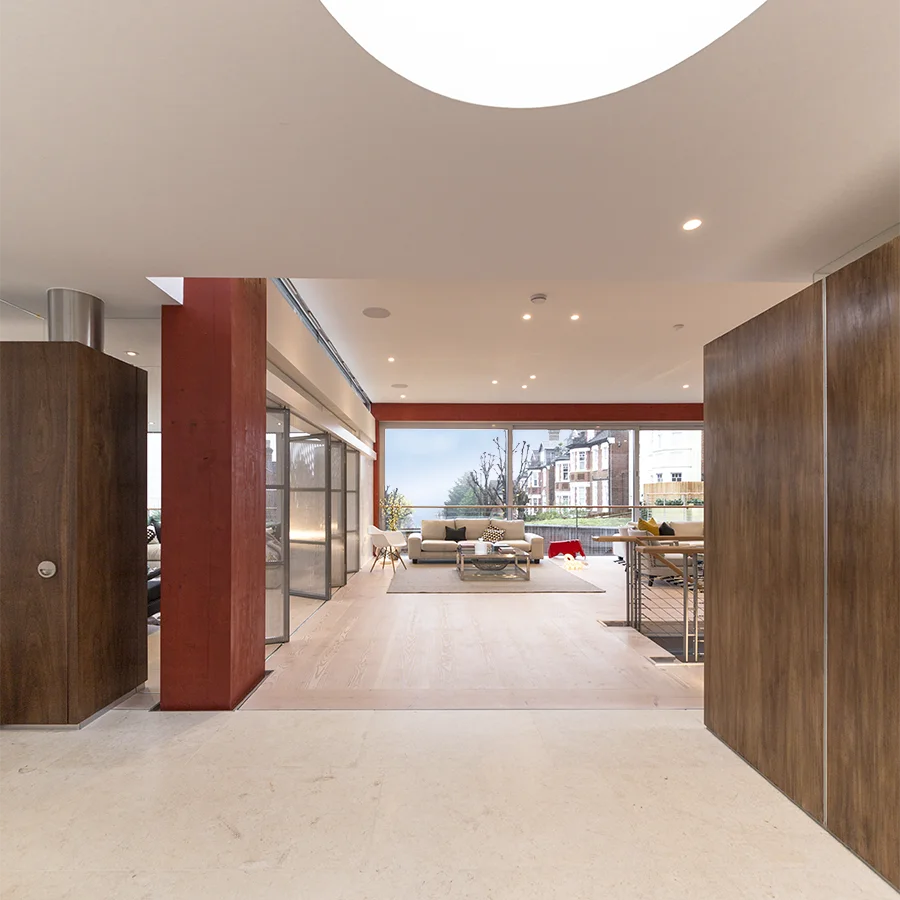
Maximising Daylight
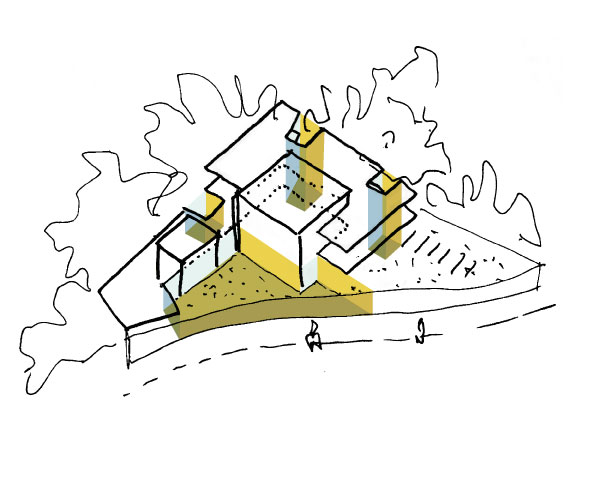
to bring light and air to the deepest parts of the site, three new lightwells have been created, as well as several rooflights
the cuts in the roof are designed to bring daylight into the building, despite the fact that the two southerly elevations are both buried
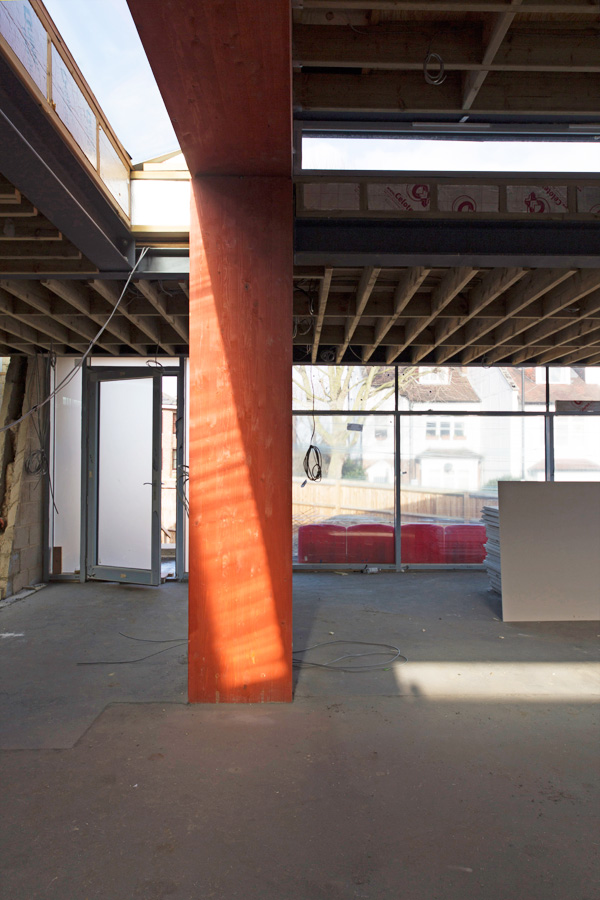
the solar study to the right shows the impact of the skylights and clerestorey windows overhead, on a mid-march day
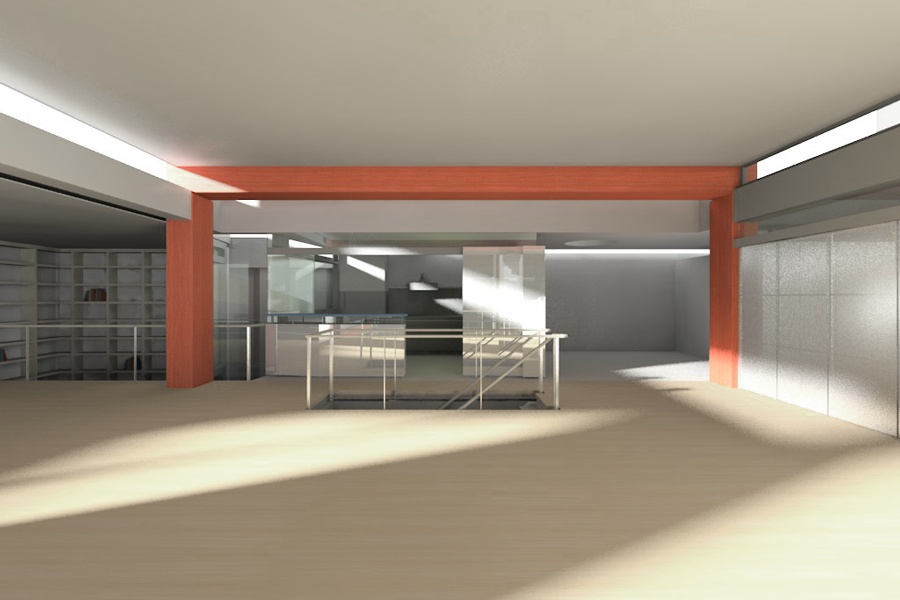
09:45am
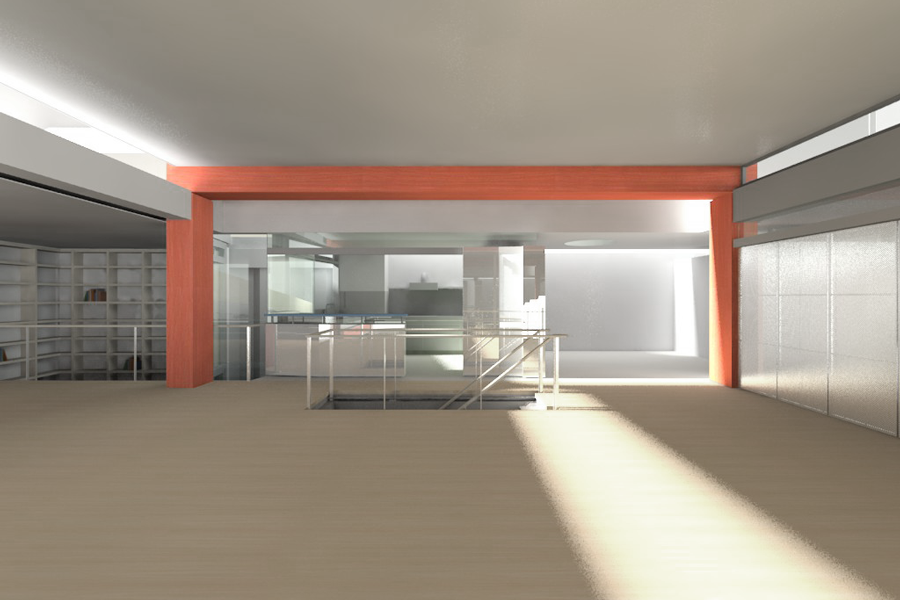
11:45am
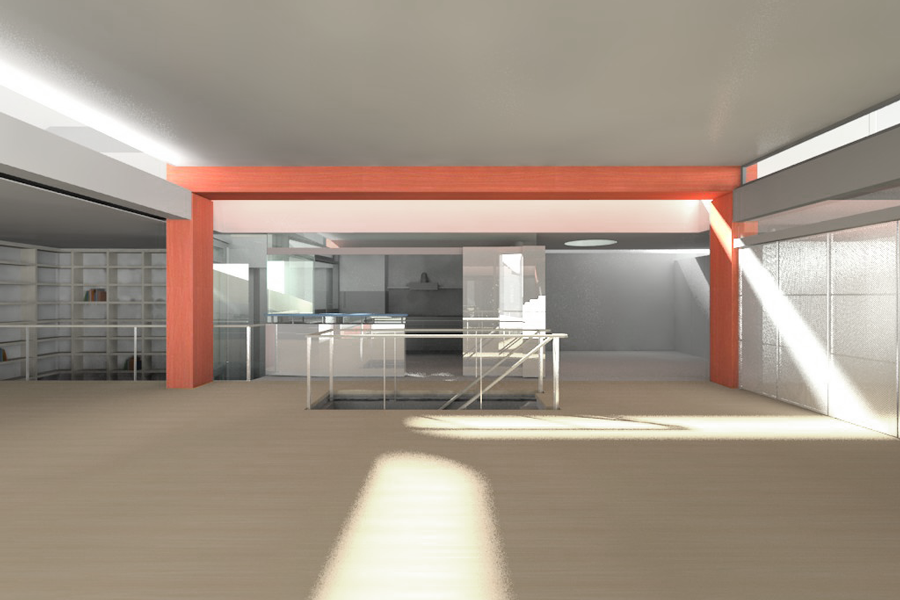
13:45am
Materials
